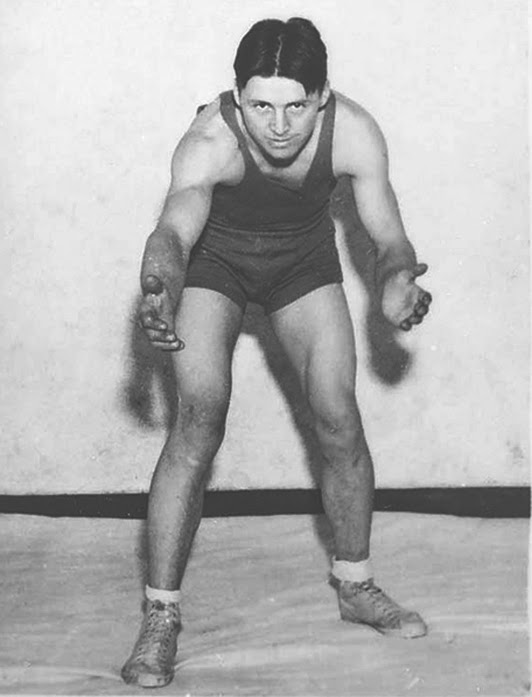Tribute to Dr. Norman Borlaug
March 25, 1914 - September 12, 2009

Facing tough opponents at a young age gave him the resolve needed, later in life, to face the challenges of his extensive research.
Encouraged by his grandfather to pursue education, rather than staying on the family farm, Norman Borlaug applied to the University of Minnesota, but failed the entrance exam. He entered the General College instead and then transferred to the College of Agriculture's forestry program after two quarters.
After attending a lecture by Prof Elvin Charles Stakman, Borlaug became interested in Stakman's research. When his position was cut due to budget constraints, he asked Stakman if he could go into forest pathology. Stakman advised him to study plant pathology instead. This he did, studying under Stakman, earning a Master of Science degree in 1940, and a Ph.D. in plant pathology and genetics in 1942.
Dr. Borlaug contribed to the alleviation of hunger by developing resistant variants of wheat as well as the dwarf variety. Dwarf varieties waste less of the plant's resources in growing long stems and therefore put more into producing a good head of grain. He also planted seeds from the first harvest in a second area at a different altitude. This resulted in reaping double the harvest. In addition, the seeds developed adaptations for growing in different climatic zones, an unexpected bonus to the benefits envisaged by the research team.
Apart from his actual college studies, he received more than 50 Honorary Degrees. And in recognition for his countless and unequaled contributions to one of the basic needs of mankind, namely food, he was awarded:
- the 1970 Nobel Peace Prize
- the Presidential Medal of Freedom (1977)
- the Public Welfare Medal (2002) by the National Academy of Sciences
- the National Medal of Science (2005)
- the Congressional Gold Medal (2007)
Borlaug Hall on the Saint Paul Campus of the University of Minnesota is one of many buildings, streets and avenues, all over the world, that are named after him.
In 2014 a statue of him was placed in the National Statuary Hall of the United States Congress; he is the sole scientist represented.
And yet, Dr. Borlaug was heralded as an unsung hero in Gregg Easterbrook's 1997 article "Forgotten Benefactor of Humanity". And what about our current times? How many people, outside of the areas where he worked, academia in Minnesota and politicians in the USA, know of his efforts, achievements and the many beneficial results of his research?
Information gleaned from:
online search results
Wikipedia article on Dr. Norman Borlaug
CFANS: University of Minnesota (College of Food, Agricultural and Natural Resource Sciences)